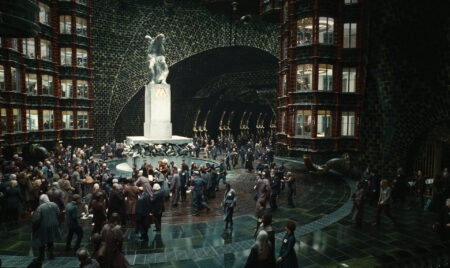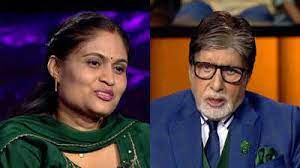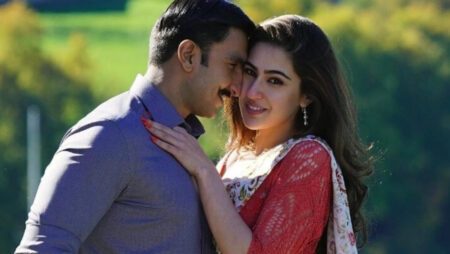The photo show, which includes pictures by Dinesh Khanna, Mustafa Quraishi, and Leena Kejriwal, strives to give life to the sounds and identity to the anonymous individuals behind devotional Sufi music — the qawwals.
Manjari Chaturvedi, a Kathak dancer, curates the Qawwali Photo Project – An Untold Story, which is currently on display at the India International Centre. The ongoing exhibition herein shines a light on the exponents of Sufi qawwali music, displaying photographs of them crafting enchantment via their spiritual performances at India’s temples.
The photo show, which includes pictures by Dinesh Khanna, Mustafa Quraishi, and Leena Kejriwal, strives to give shape to the sounds and identity to the anonymous individuals behind devotional Sufi music – the qawwals.
As part of the project, the photographic show investigates the art form via the power of pictures as a way of expression and communication. According to Chaturvedi in a statement, the photographs of the qawwali practitioners are shot in an organic, non-commercial setting.
Unlike Khanna and Qureshi, Kejriwal’s work focuses on female qawwali artists in otherwise androcentric performance art.
The 10-day event also includes a one-of-a-kind self-documented effort called “I am a Qawwal,” in which qawwali practitioners shoot their selfie shots or have friends capture them and send them to the Qawwali Project for documentation.
Ought already received 50 images, and Chaturvedi’s ambition is to collect documentation from 500 such artists and more.
Chaturvedi stated that The self-portraits we’ve received say something about the diverse personalities of these men who are so crucial to keeping on this generations-old androcentric performing practice.
Some are ancient, while others are just out of their adolescence. “By seeing these photos, we get a unique peek into their life as they see it on their terms.
Looking at pictures of unknown men and women engaged in an art form they adore and which may be their most prized heirloom as one walks through the exhibition space, with a mellow qawwali tune playing in the background, makes the hair on your neck stand in the same way that an uninhibited qawwali performance does in a shrine.
A group of qawwals rehearsing in a private room, a devotee praying with closed eyelids as a qawwal performs next to her.
The images, which depict a trio of musicians performing on the white stones at Salim Chisti’s mausoleum, emanate a sense of tranquilly.
While Khanna takes photographs through qawwali sceneries from key shrines in Delhi, Amritsar, Jaipur, Hyderabad, and Ajmer, Quraishi’s picture tale took in the two renowned Uttar Pradesh shrines of Dewa Sharif and Safipur.
On the other hand, Kejriwal alters the focus of her picture narrative and investigates the musical heritage through the eyes of female Qawwali artists.
Chaturvedi further said, “The self-documentation is also a meaningful message by the qawwals about how they wish to remember for posterity. The self-portraits we’ve received say something about the diverse personalities of these men who are so important to keep on this generations-old androcentric performing practice. Some are elderly, while others are just out of their adolescence.
The digital documenting and archiving of Indian performing traditions bestows enormous prestige on them.”
The show also includes a portion called “Qawwali Capsules,” in which practitioners’ films discuss their performance art, lifestyles, and connections to the spiritual art they do are expressed.
The show will finish on November 28th.













